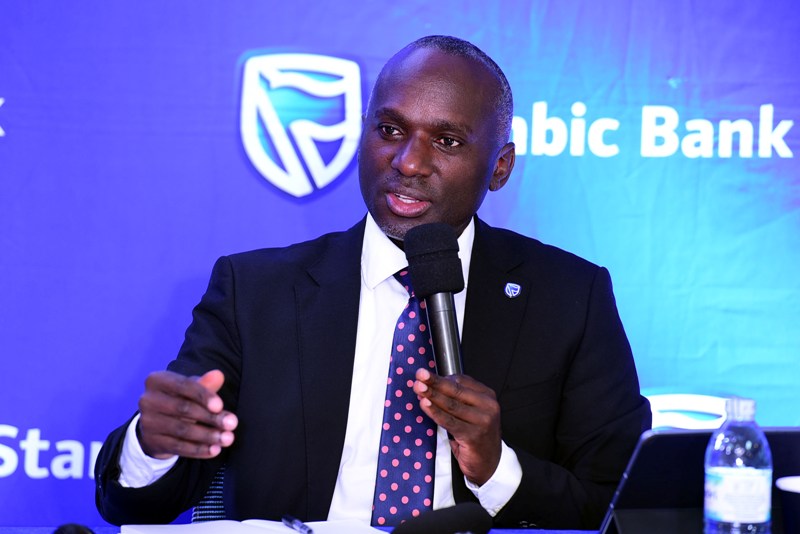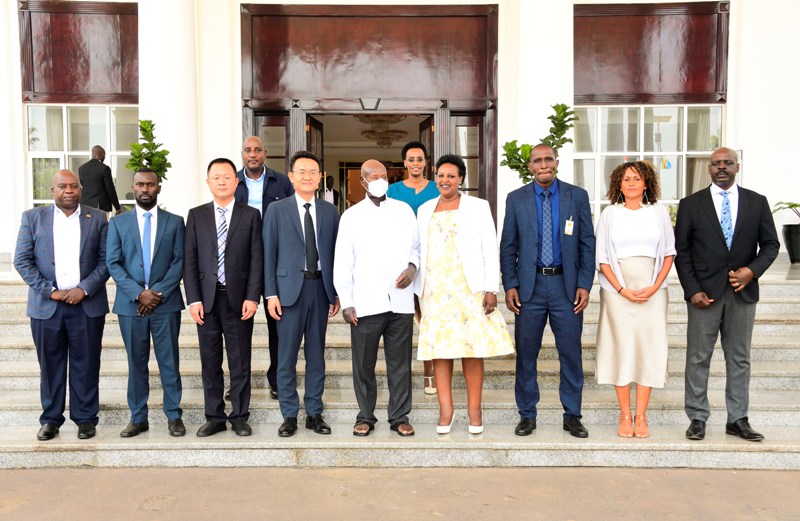Here are the driving forces behind crypto adoption in Africa in 2022

The development and acceptance of digital currencies in Africa have been truly monumental. Although in 2022, the digital asset industry saw several high-profile breaches of trust and was largely characterized by volatility, the adoption of cryptocurrencies within the continent continued to grow.
There has also been a shift in reliance on traditional payment systems, creating a preference among young Africans for cutting-edge payment platforms over conventional ones.
Africa, the second-most populous continent in the world with over 1.5 billion inhabitants, boasts a truly diverse and developing economy. According to Chainalysis, Kenya, Nigeria, South Africa, and Tanzania had among the highest rates of cryptocurrency adoption worldwide, ranking in the top 20 of the global adoption index. As Web3 real use cases continue to grow, it is critical to comprehend the factors that have fueled this expansion.
Here are a few things to remember.
Remittance Payments
Remittances are a major driver of the global economy, with billions of dollars moving around the world each year. In Africa, remittances make up 1.3% of GDP and are expected to grow at an annual rate of 5.2% through 2025. The World Bank has estimated that there are about 400 million migrant workers in Africa, with about 50% of these migrants living outside their home country.
African households receive $100 billion in remittances each year – more than they spend on education and healthcare combined!
However, it is well known that several African nations now set a cap on the amount that can be transferred as well as charge steep rates. As a result, the number of remittance payments made using cryptocurrencies have been consistently increasing because of lower restrictions and fees, hence causing an upward scale in the crypto adoption rate as shown by Analysis.
A recent study also shows that African cross-region transfers make up a more significant share of its cryptocurrency market than any other region globally, with Sub-Saharan Africa receiving over $ 48 billion of estimated remittances in 2019.
Binance is aware of how increasingly people’s daily lives are being influenced by the world of blockchain and cryptocurrency as the Web3 market expands and so they continue to add new utilities and functionalities to enhance every aspect of their users’ Web3 experience.
For example, its recent product, Binance Pay – a contactless, borderless, and secure cryptocurrency payment technology, that ensures that users around the world can send and receive crypto across continents. Features such as this, provide increased accessibility of people’s own money whenever they need it and further highlight the user-centric character of digital assets.
Fiat Devaluation
In recent times, there has been a continuous trend of the devaluation of multiple African currencies, and this has invariably increased the value of the African crypto market. This is because cryptocurrencies have given them the ability to preserve their savings without having to worry about inflation through stable digital currencies known as stablecoins.
Owing to this, Binance has continued to be one of the most popular and widely recognized platforms in the African crypto market, where Africans can trade bitcoins or exchange their currencies for other stablecoins.
International Trade
Cryptocurrencies have also grown to be a vital component of global trade as a result of their increasing acceptance in a variety of settings and nations. Before cryptocurrency, the cross-border payment bureaucracy was unquestionably a machine that prevented exchanges that could significantly benefit developing nations.
Additionally, there is the difficulty of concluding international agreements using various currencies, a problem that is particularly prevalent on the African continent.
Cryptocurrencies make it easier to transfer and receive money internationally, which is a game-changing option for countries with underdeveloped banking infrastructure. Since crypto-based transactions reduce the risk associated with international trading, safety concerns are also improved in this situation.
The data speaks for itself and it is clear that Africans are beginning to adopt new technologies, albeit still early. Considerable progress is also being made in the area of regulation and a stable regulatory environment will drive further support for innovation and solidify budding trust in the industry, leading to long-term growth.
Youth Interest and Education
Young people account for about 60% of the African population and by 2030, young Africans are expected to constitute 42% of global youth, according to the World Economic Forum. African youth are eager to explore new opportunities to raise their level of living and generate income.
It is impossible to separate the growth of cryptocurrencies in Africa from this group’s set of interests and needs considering that several Africans under the age of 25 are looking for the most cutting-edge and reputable industries to invest in.
In addition, the rise of cryptocurrency usage across Africa is aided by regionalized crypto education programs such as the ones Binance offers have indeed helped fuel this interest and led to increased adoption.







